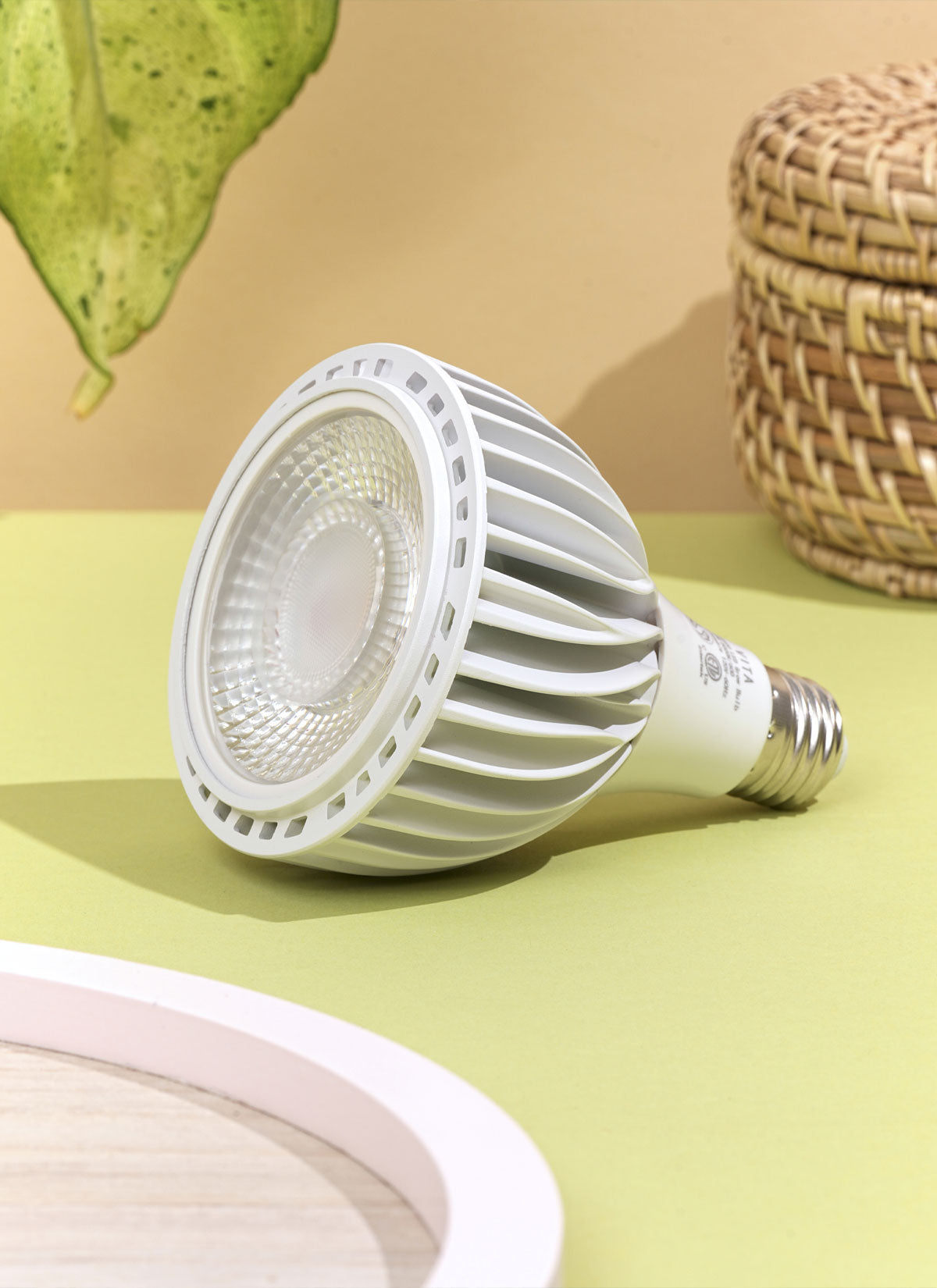Quick Tip: Allow soil to completely dry out before watering.
Snake plants, which are also called Sansevieria, can go for a long time without water and don't mind being dry. But you shouldn't water them too much because they can get root rot if you do. Between waterings, let the top inch of soil dry out, and then water thoroughly until the water runs out of the bottom of the pot. Make sure to empty the saucer under the pot of any extra water so that the roots don't sit in water. During the winter months, when the plant is in its dormant phase, water even more sparingly, as the plant will require less moisture. In general, it's better to err on the side of not giving snake plants enough water than to give them too much.




















